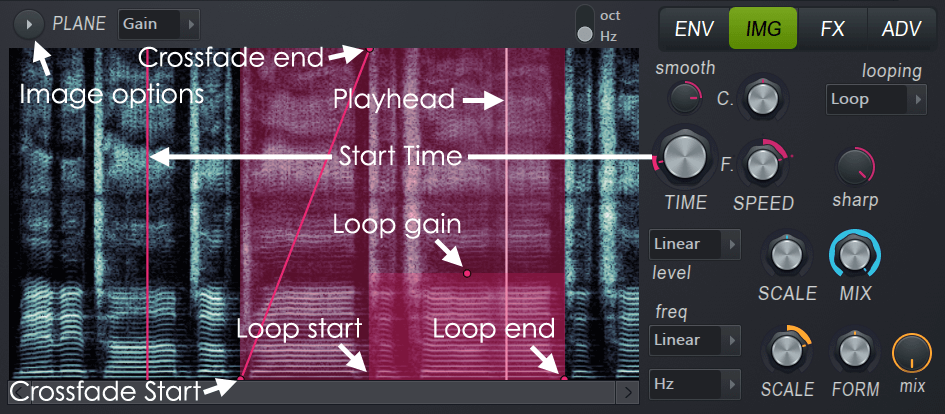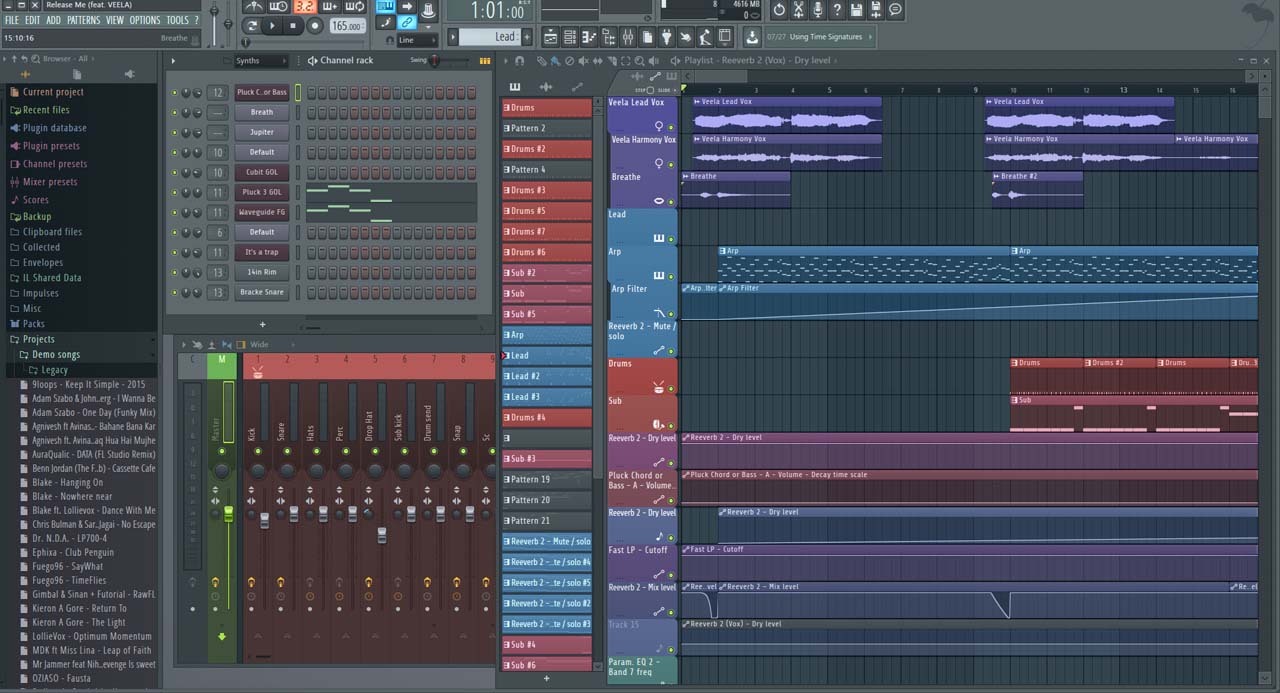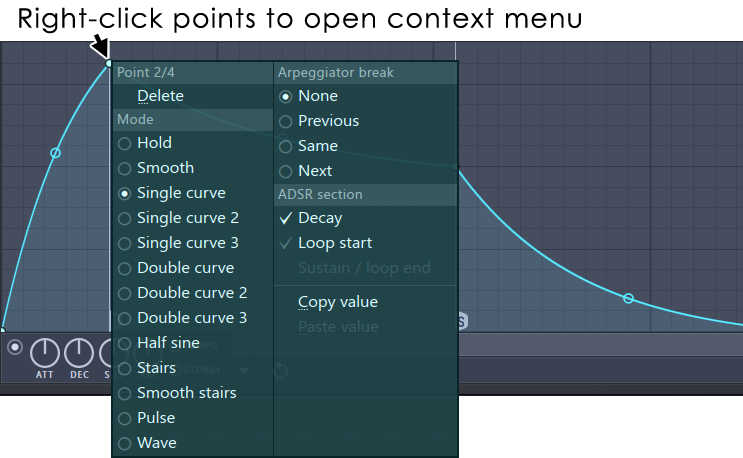

There's also an awesome Strum function that does what its name suggests but turns out to be excellent for wind-chimes and other clangorous patches as well. There is an EQ and a nifty visual feedback panel that can help get an idea of what's going on under the hood, too. Effects can be re-ordered on the Adv(anced) page. There are loads of effects, for a start, including reverb, delay, distortion, chorus and compression. However, we should point out that Harmor also has a host of more traditional features on offer. We simply haven't got the space to describe every parameter in detail. This seems an obvious task for an additive resynthesiser, and we're glad to see it taking its place here.And the rest

Of special note is Harmor's ability to analyse audio and create an envelope based onthat analysis. As you'd expect, stages can be locked to project tempo. They are powerful enough that they double as sequencer and arpeggiator as well as a standard envelope. These are the massive multistage envelopes also seen on Image-Line's Sytrus, and they can be applied to virtually any parameter that matters. The envelopes and LFOs share the same display and features. Harmor's envelopes play a significant role in its ability to produce sounds of stunning complexity. Setting short times garners sounds similar to synth legend Don Buchla's low-pass gate, making it easy to get your bongo on, if you are so inclined. The latter deserves special mention: it functions as a fast-decay low-pass filter envelope to simulate plucked strings. The filters are joined by Phaser and Pluck sections. Since the perception of an additive tone relies somuch on the fundamental, there is a Prot(ection) slider in the Timbre section that ensures the lowest frequencies squeak through unharmed. You canchoose from the usual filter mode suspects, with the addition ofCustom Shapes these are defined inthe ENV(elope) display and are drawn in just like the additive waves. Harmor sports a dual-filter configuration thatincludes allof the normal goodies. Both have the effect of thickening the sound in some way, or creating dissonant timbres.Īnother thickener comes in the form of a sub-harmonic generator, which is used to add bass and depth. The former simply shifts the positions of the partials, making them inharmonic while the latter replicates and transposes harmonics. Examples of these new paradigms include the Prism and Harmonizer sections. Harmor includes many ways to tweak your waveform, and some of them might be unfamiliar.
#FL STUDIO HARMOR DLL PATCH#
It should be noted that each patch can consist of two complete and individual patches that are stacked or dynamically mixed. Up to 520 partials may be present in any waveform. You can draw directly in this window and import single-cycle waves, audio files or images to create your own waveforms. However, those waveforms are generated by additive means, and displayed in the Env window. There are, for instance, selectable oscillator waveforms - a pair per 'Timbre' - that can be mixed as you see fit. Even typically subtractive elements like the filter are achieved via additive technology. The developer positions Harmor as an 'additive/subtractive' synthesiser, but there's no doubt that the emphasis is on the former. Format-wise, it's aVSTi and FL Studio plug-in. This creates a pink looped area, you can drag the node points at the bottom to fine tune the looped selection.With its charcoal and plum shadings, its look is also unmistakably Image-Line. To do this, hold down Ctrl and drag in a selection area on the IMG graph on where you want it to loop.


To fix this you can create a looped selection. But if you have bits of silence before and after the audio part it’s still going to play through the whole file before looping. So by default when you drag an audio file in it is set to loop. And another cool thing about this resynthesized voice, is if I play back a chord now on my MIDI controller you’ll hear a chord of my Aah-ed voice. But I’m not too fussed about this so I’m just going to change the start position of the sound with the Time dial. Pretty cool if you want some reversed effects.Īn alternative is to edit the gaps out of the audio part in maybe an audio editor like Edison, and then save it out as a new part so when you pull it back into Harmor it’s right at the beginning. Drag the Time dial to the end of your audio part., Then turn the Speed dial to the left once it goes past the middle it goes into the negative meaning that the part with play back in reverse. Now here’s an even cooler quick thing to try.


 0 kommentar(er)
0 kommentar(er)
